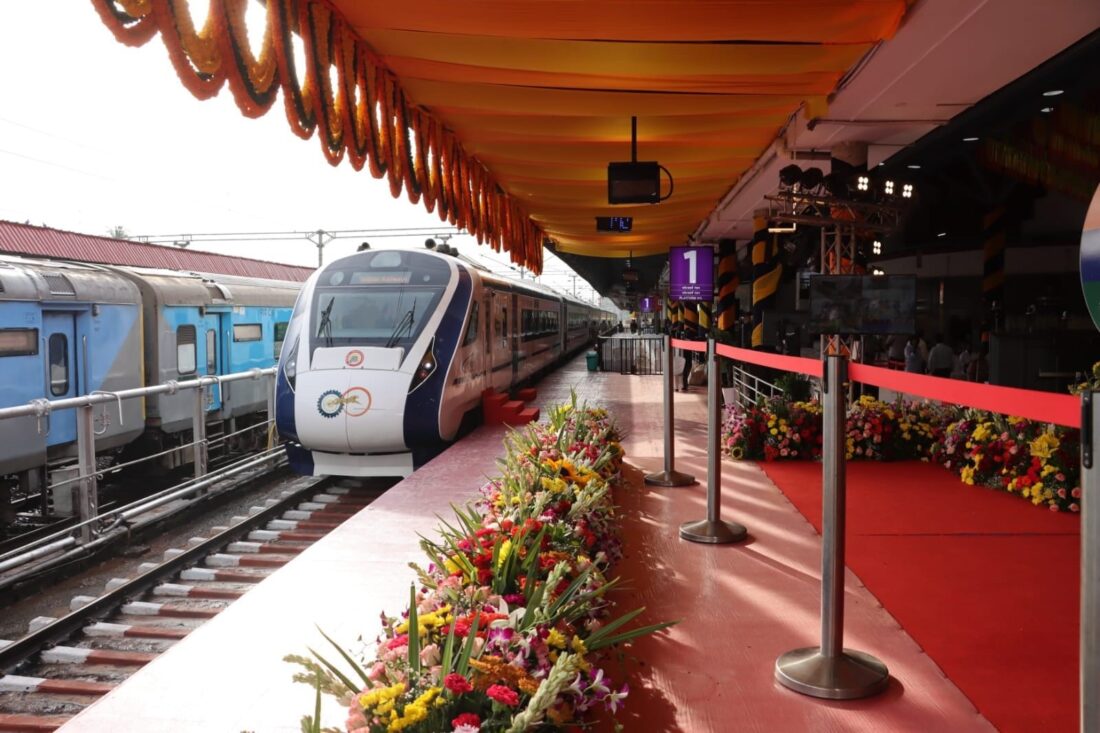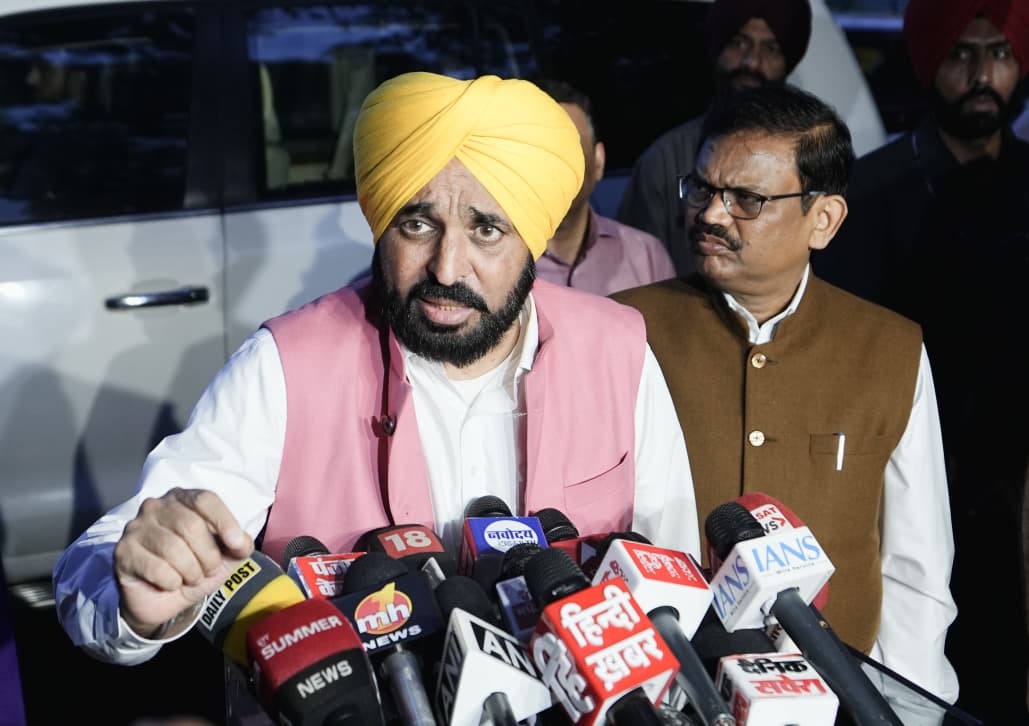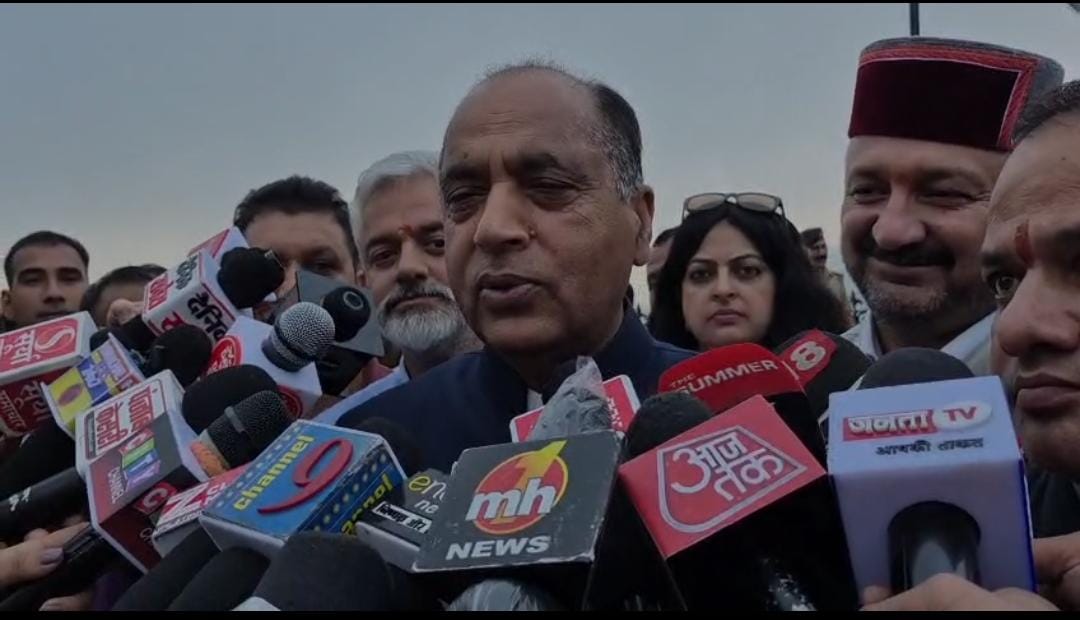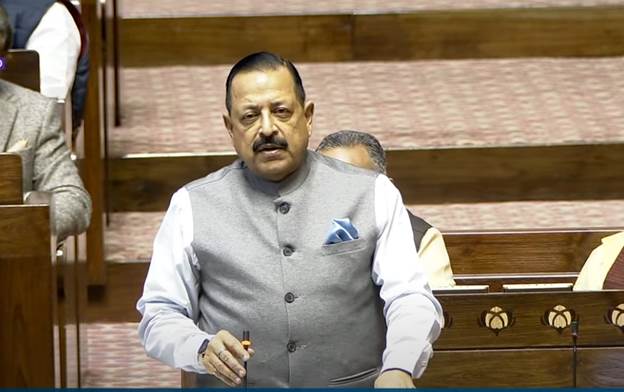North News
New Delhi, December 30
Indian Railways has made notable strides in adapting its services to passenger demand, introducing new trains and special services to cater to the evolving needs of travelers. As of December 26, 2024, the network boasts 136 Vande Bharat trains, with 62 new services added in 2024 alone. This high-speed train service continues to enhance comfort and convenience for passengers, setting a benchmark for modern rail travel in India.
In addition to the Vande Bharat services, Indian Railways launched the first Namo Bharat Rapid Rail on September 17, 2024, connecting Ahmedabad and Bhuj. This initiative aims to provide faster, more efficient travel on critical routes, according to details provided by the Railway Ministry.
The Amrit Bharat services, which feature non-AC trains with sleeper and general class coaches, have also been making waves in 2024. The services have proven to be popular for offering high-quality travel at affordable prices. Two new routes—the Darbhanga–Anand Vihar (T) Express and the Malda Town–SMVT Bengaluru Express—were introduced, with more in the pipeline.
Indian Railways also operated a record number of special train services in 2024 to accommodate seasonal demand. During the Holi and summer rush, a total of 13,523 special trains were run, compared to 6,896 in the previous year. Additionally, for the Pooja, Diwali, and Chhath festivals, 7,990 special train trips were made between October and November 2024.
Indian Railways has made significant strides in infrastructure development and modernization, with initiatives like Gati Shakti Multi-Modal Cargo Terminals (GCTs) and three economic corridors to enhance freight efficiency and rail infrastructure.
Under the GCT initiative, 354 locations have been identified nationwide, including 327 on non-railway land and 27 on railway land. As of October 31, 2024, 91 GCTs have been commissioned to boost industrial investment in cargo terminals.
In 2024, three economic corridors were sanctioned, focusing on:
- Energy, Mineral & Cement Corridors – 51 projects spanning 2,911 km, costing ₹57,313 crore.
- High Traffic Density Routes – 5 projects covering 830 km, costing ₹11,280 crore.
- Rail Sagar Corridor – 2 projects covering 366 km, costing ₹20,282 crore.
In total, 58 projects with a combined cost of ₹88,875 crore and a track length of 4,107 km were approved in 2024.
Railways also achieved significant milestones in track renewal and speed upgrades:
- 6,200 track km of rails renewed, 6,450 km of complete track renewed, and 8,550 turnout sets replaced.
- Sectional speeds were raised to 130 km/h over 2,000 km and to 110 km/h over 7,200 km.
With modernization of stations, advanced trains, and a shift towards greener operations, Indian Railways is aligning with its vision of “Vikasit Bharat 2047,” ensuring sustainability while driving economic growth.
















